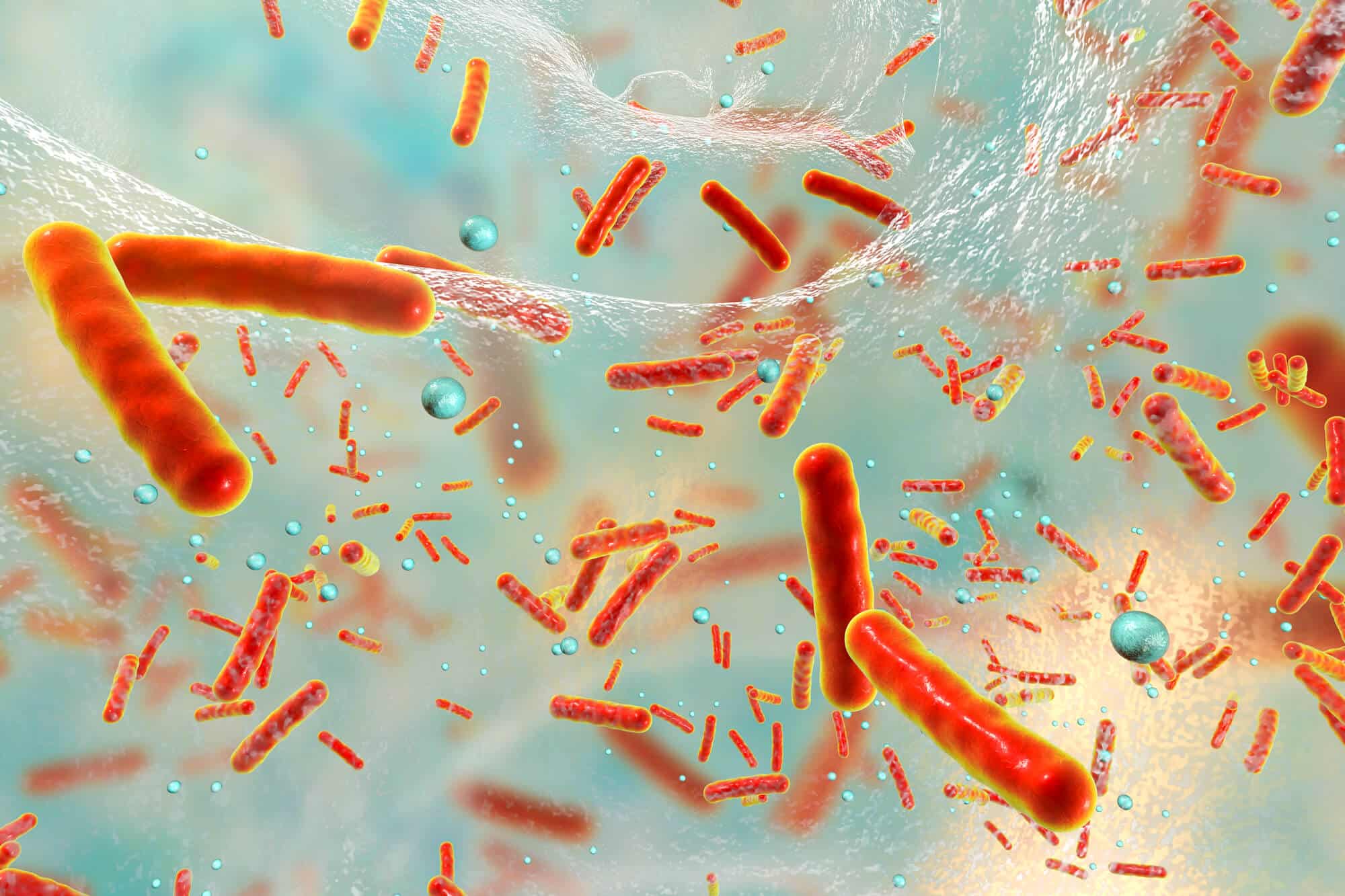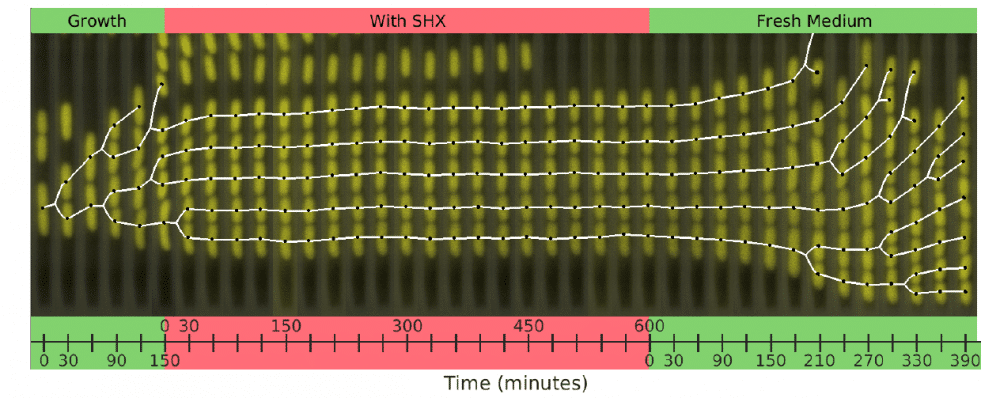A new study published in the prestigious journal Nature found that bacteria in a chaotic state are less sensitive to standard drug treatment. The researchers developed a statistical model that predicts the results of the antibiotic treatment, and accordingly offer a new therapeutic strategy: the deliberate introduction of the bacteria into a chaotic state - and the healing of the cells using drugs specially adapted to this state

A new Israeli study tracked the behavior of cells in chaotic situations, with the aim of improving the quality of medical care. His results were recently published in an article in the international journal Nature (Observation of universal "ageing" dynamics in antibiotic persistence). The research was conducted under the leadership of Prof. Nathalie Laban from the Rakah Institute of Physics, with the student Yoav Kaplan and a diverse bio-disciplinary research group that includes students in the Telpiot program (Shaked Reich and Alik Oster), Dr. Biophysics (Orit Gefen) and Dr. Biology (Ira Ronin). The research findings provide a new approach to describe disorders in the cellular state. While until today, the prevailing opinion in the field was that this is an orderly defense mechanism that prevents the bacteria from dividing properly, but in fact it is an unplanned chaos. Prof. Laban explains that "even when we overcome a certain disease, the drug treatment today is not able to kill all the "bad" bacteria. It was found that antibiotics, for example, put certain bacteria in a state of dysfunction and make them less sensitive to repeated treatment. Therefore, a combination of substances that put bacteria into a chaotic state, and drugs that harm the bacteria precisely in this state, will be able to take advantage of their state in a smart way to cure the disease."

Bacteria are exposed on a daily basis to extreme conditions of cold, heat, lack of food and more. Fortunately for them (and sometimes unfortunately for us), evolution caused the development of very sophisticated defense mechanisms for them: in response to external cold, they produce materials that protect against the cold, and in hot conditions - produce materials that protect against the heat, and more. The common perception is that the defense mechanisms of bacteria will work properly - or the bacteria will die. The team of researchers discovered a new intermediate state of bacteria, after exposure to extreme conditions: "chaotic state", an internal state characterized by disturbances in the cellular state. This condition is created in a bacterium when its defense mechanisms are overwhelmed and fail to overcome harsh environmental conditions. Despite this, it does not die, but stops dividing and enters a state where its systems are in a chaotic state. It turns out that precisely in such a situation, bacteria that stop dividing are more protected against antibiotics, because many of them are designed to damage the division process of bacteria. Furthermore, most of the process for developing antibiotics is tested on dividing bacteria and not in a chaotic state.
As part of the research, the researchers will collaborate with Prof. Oded Agam, from the Faculty of Mathematics and Natural Sciences at the Hebrew University, who specializes in the theory of statistical physics. Together they succeeded in developing a statistical model capable of predicting the results of antibiotic treatment. "One of the hallmarks of disturbances in the cellular state is that identical bacteria, for example twin bacteria with the same DNA, begin to behave in a very different way that doctors find it difficult to understand, thus reducing the effectiveness of drug treatment," explains Prof. Laban. "Actually, this is a new way of thinking, according to which statistical physics is able to understand the behavior of cells in stressful situations and thus improve the effectiveness of the treatment of various diseases. "
In this way, the exposure and quantitative characterization of disorders in the normal state of the cells will allow the development of better medical treatments in the future. The researchers hope that it will be possible to take advantage of the general properties of the "state of cellular chaos", also to find smart combinations to treat cancer. "We will be able to eliminate cells not only in their normal state, but also when they are in a non-standard and elusive state - something that may improve drug treatment and thus help us return to a normal lifestyle as soon as possible", concludes Prof. Laban.
